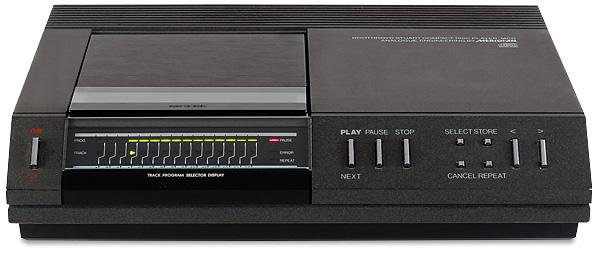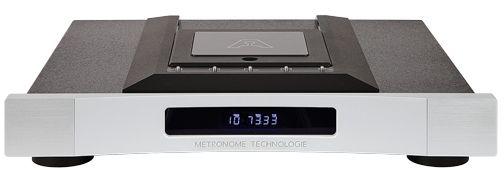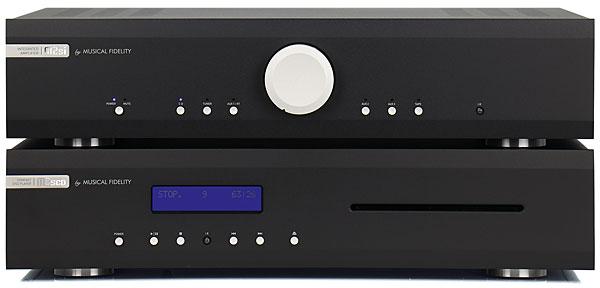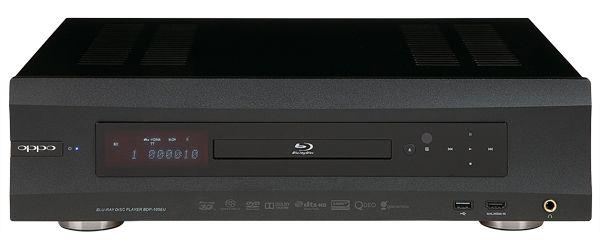Disc Players
Sort By: Post DateTitle Publish Date
|
Apr 12, 2024 |
First Published: Jul 01, 1993
|
Sep 11, 2019

 Well, one thing's for sure: the new SACD/CD player/DAC from McIntosh looks quite unlike any other machine of its kind. So, does the sound live up to the unique style?
Well, one thing's for sure: the new SACD/CD player/DAC from McIntosh looks quite unlike any other machine of its kind. So, does the sound live up to the unique style?

 It may have been based on a machine from Dutch giant Philips but this was the first CD player from a specialist high-end British manufacturer. How will it sound today?
It may have been based on a machine from Dutch giant Philips but this was the first CD player from a specialist high-end British manufacturer. How will it sound today?









